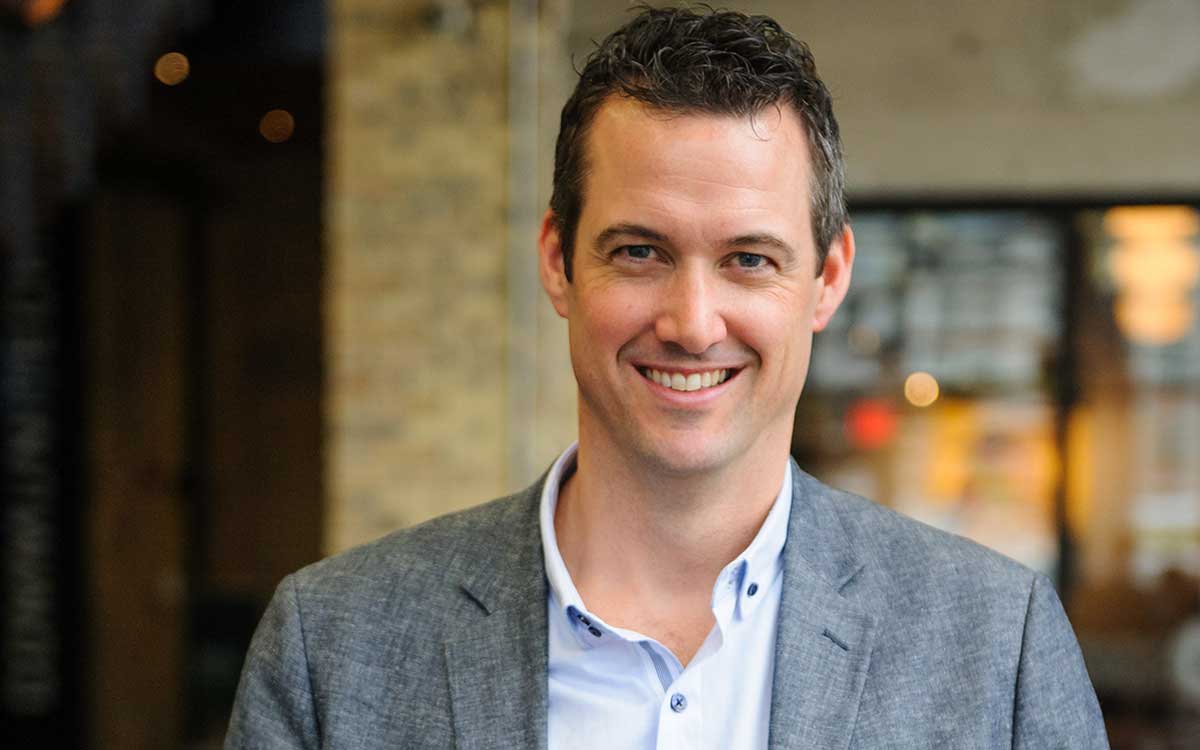
In a previous series, I went through all the essential stages of Design Thinking. Through this important process, people and companies are able to gain important insights into what customer’s need and are looking for, most importantly, what they are willing to pay for. This stage of new product development is important. You are making small bets, with the hope that you will learn enough to make a big bet.
The big bet is a lot harder to make than the small bets. Let’s look at why.
When an organization wants to embark on an innovation process, it is often with the anticipation that it will be exciting and yield new and interesting opportunities. Participants are excited to talk to customers, build interesting prototypes and test their assumptions. This is the time that is full of optimism.
Customers are excited too. Often they have been promised, and hopefully shown, something that will improve their experience with a product, something that will make them a lot of money, save them money, or been promised something that they haven’t seen before.
The next step is how to make the next bet. You have made a bunch of small bets. Some worked and some haven’t. Hopefully you have collected the information, done your debrief analysis, and figured out what was connecting, what wasn’t, and have started to form a few ideas of what new products could roll out from your tests.
The next step is to get something out in the wild. This usually means talking to a few key customers that would benefit most from the product, put something in their hands. Give it to them to use, to break, to benefit from, and most importantly, give them enough that would allow them to provide feedback. Ideally, you have at least two of these second stage projects on the go at the same time. It isn’t critical that this is true, but buy running at least two of them concurrently, the teams running the projects have a great opportunity to gather and share their insights. Often insights from one team will benefit the other team.
There is a great feedback model that we have used a number of times called “I Like. I Wish. I Wonder.” The goal of this frame work is to gather specific information about the product that they really liked. What resonated with them, what hit the nail on the head with respect to value proposition. It could be a feature. It could be process. A colour. The wording. Anything that really says to the customer that you were listening.
The second category “I Wish”, is an opportunity for them to share what they didn’t like, or wish wasn’t there. I wish is a positive way of gathering some negative feedback. Often your beta customers do not want to insult you or hurt your feelings. If they don’t like something, they

would prefer to say nothing instead of saying something negative. I Wish isn’t negative, it’s feedback.
Finally, “I Wonder” is the opportunity for them to go a completely different direction. This feedback is where the customer adds features or ideas that you can add, or key insights to their problems that were not uncovered during the design thinking process. It may lead to new products or services that you hadn’t thought of before, or key design components that need to be included as the product evolves and moves forward.
You can email your thoughts to Craig at info@niagaraindependent.ca.

Craig Haney holds a Masters degree from University of Waterloo in Entrepreneurship and has been leading the charge for corporate innovation in Canada for almost 10 years. His work with Canadian Tire Innovations helped launch the corporate innovation program at Communitech. Currently Craig is the Vice President of Europro, a large real estate developer in Ontario.




















